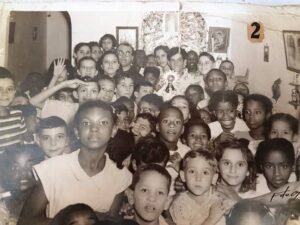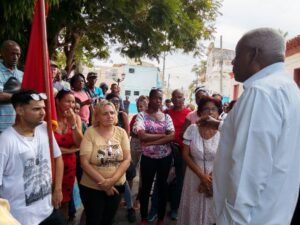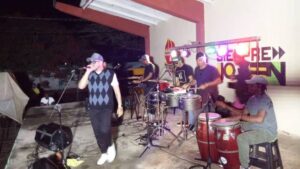I fell in love with the sun, with the earth.
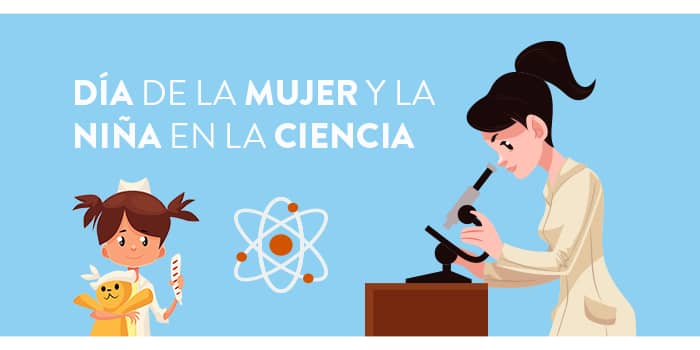
With this brief reference to the professional life of a Cuban scientist we celebrate, this February 11th, the International Day of Women and Girls in Science.

Even though I was born, raised and have spent my whole life in the city, I love the green, the earth and what it has to offer. I learned this from my grandmother who always took great care of the garden at home. In addition to ornamental and medicinal plants, she also grew tomatoes, chili peppers and coriander, among other spices.
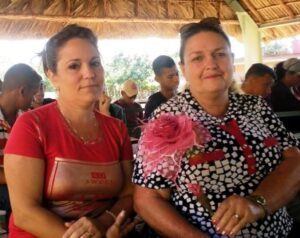
On the right Msc. Milagros Alfonso Cabrera, specialist of the provincial Meteorological Center of Matanzas.
From her I also learned the importance of the sun and rain for the crops.
Who thus remembers is Milagros Alfonso Cabrera, a passionate of the agrometeorological science that today as professor of the Agronomy faculty of the University of Matanzas works in the formation of new scientists.
But how did Milagros get into this profession?
-I really liked the vocational orientation given to forestry when I was a student. In the 1970s, Cuba was facing the challenge of recovering from the deforestation inherited from previous governments.
Then I went to Pinar del Río to study at the Invasión de Occidente Institute, I fell in love with botany and from then on I could not separate myself from agricultural techniques.
Then I went to another institute, Alvaro Reynoso, in Matanzas, a real school for agricultural technicians and professionals. Once I finished my studies at Álvaro Reynoso and after a call from CITMA, I started working at the provincial Meteorological Center.
Soil knowledge to observe the climate?
-Exactly. The first thing I did was to prepare myself to use the experience I had in favor of Meteorology, to be at the level of meteorologists who have a solid career in that branch of knowledge and Agrometeorology gave me that possibility.
I fell in love with the sun, the plants and working together with meteorologists. Here I include those who work in the stations of the province. They are very responsible people with the observation of meteorological variables.
To them, who follow the productive processes of the countryside under the conditions of a changing climate, we owe the data bank that the province treasures in order to suggest actions and strategies from the sciences that will lead agriculture to contribute what the food sustainability program truly demands of it.
With this willingness to grow and cooperate, Milagros, who is a communicator par excellence, guided for decades the network of meteorological stations in Matanzas, presented and defended projects for land management, rational use of resources and prosperity of agriculture taking into account climate variability.
She also informed and instructed through the radio to farmers, producers and workers of sectors such as tourism that develop outdoor activities and offered the first lessons on Meteorology to pre-university students interested in the subject.
The trajectory of a woman dedicated to science earned her the National Meteorology Award for her life’s work in the category of scientific-technical services.
It is an award for which you do not opt, nor do you give endorsements, simply the Cuban Meteorological Society decides within the countless number of specialists in the country to whom to give it and for me that is the greatest recognition.
With this brief reference to the professional life of a Cuban scientist we celebrate, this February 11th, the International Day of Women and Girls in Science.
Although in many regions of the world being born a woman is a veto to access the scientific-research world, in Cuba more than 50 thousand women work in the areas of science and technology, an achievement that goes hand in hand with the consolidation of a revolutionary process in which the empowerment and economic autonomy of women is encouraged.
Written by Ana González.


